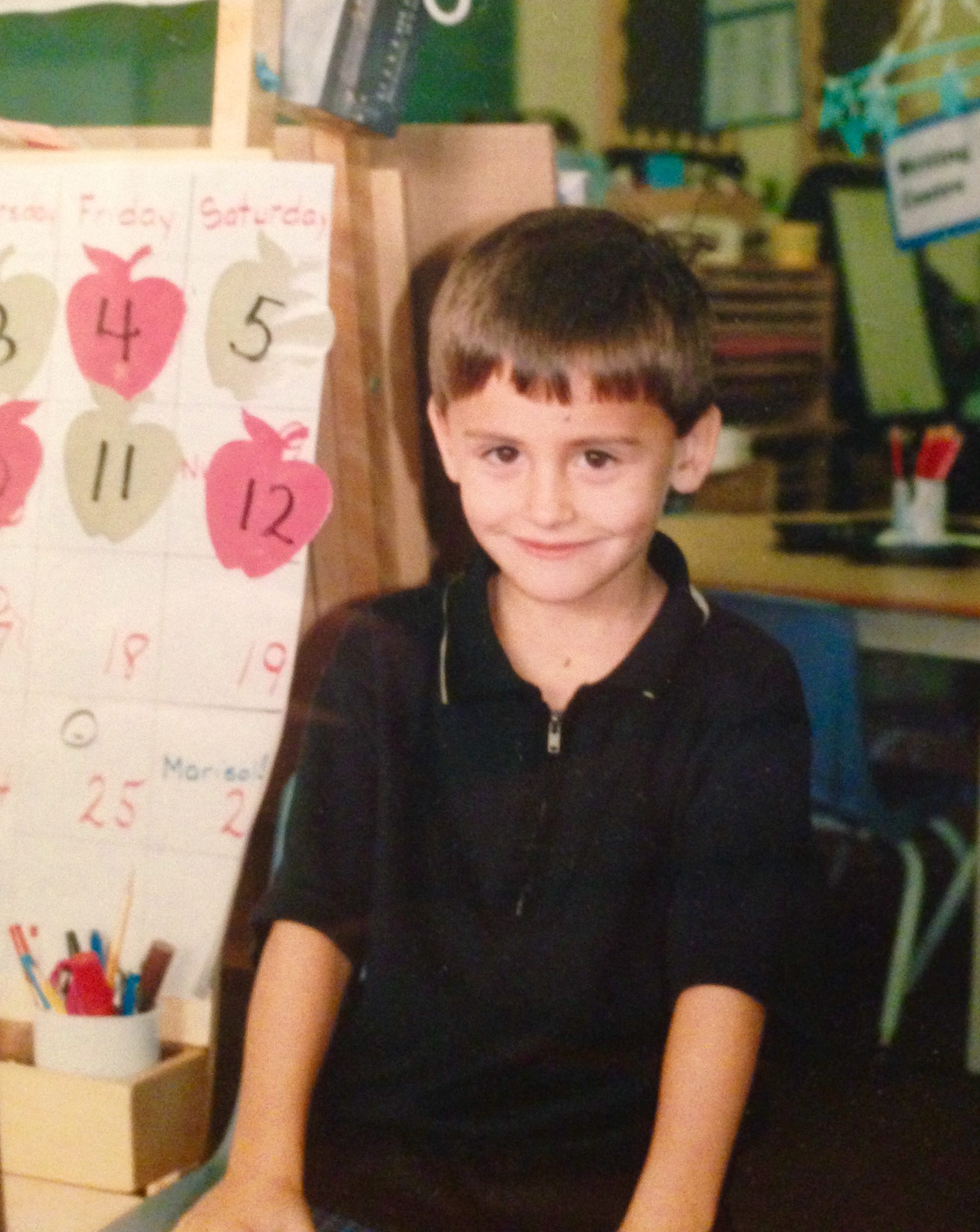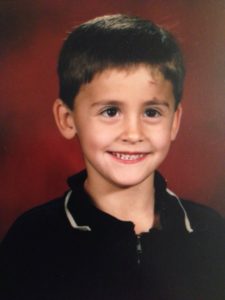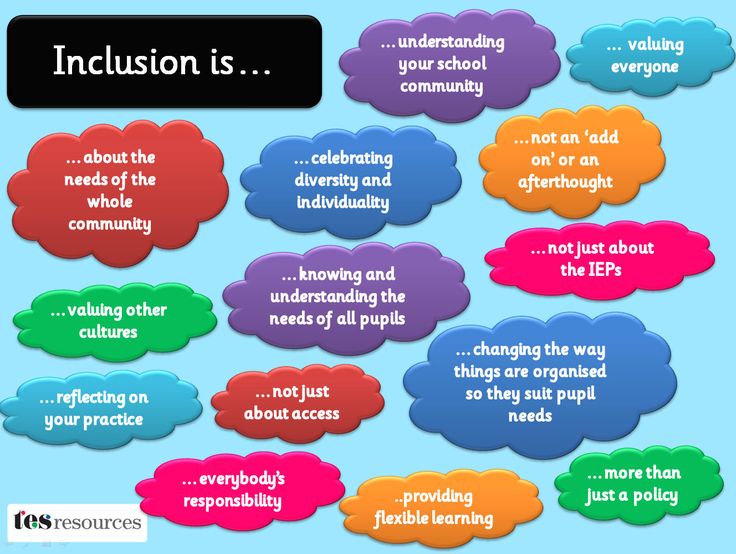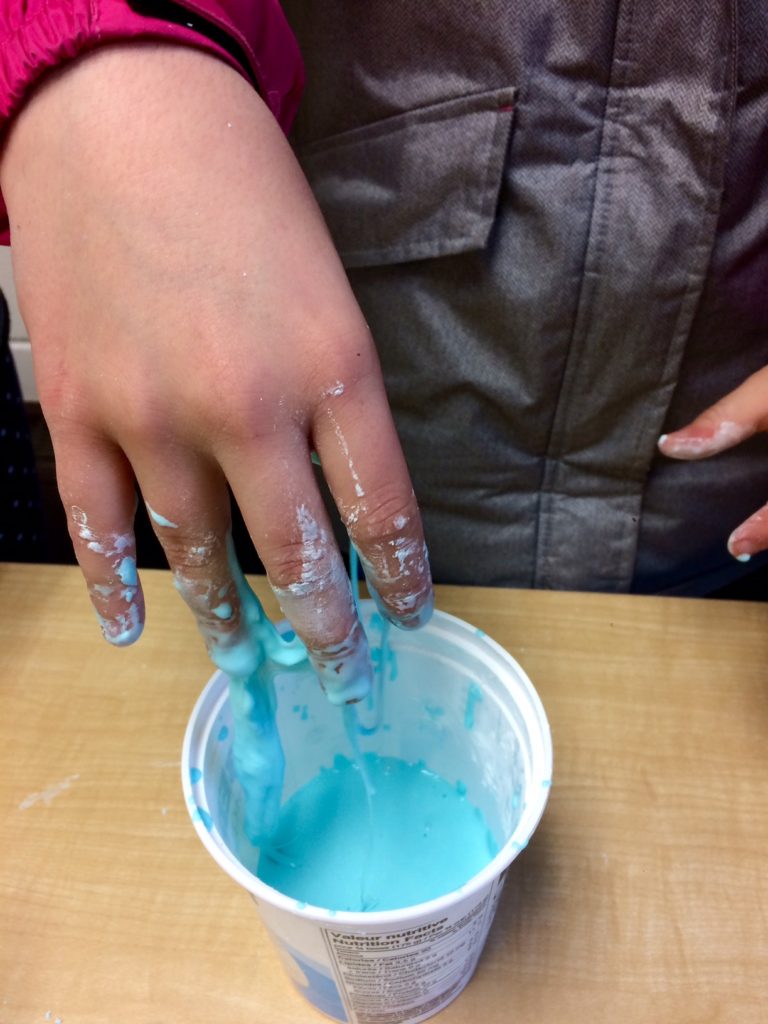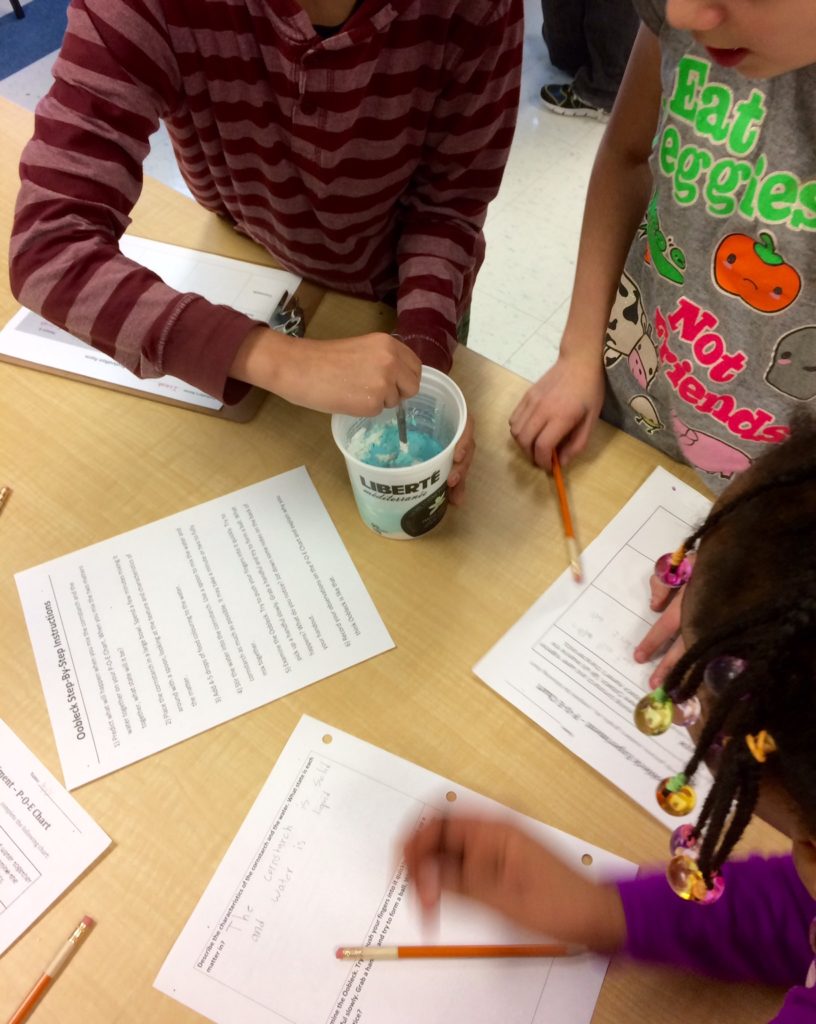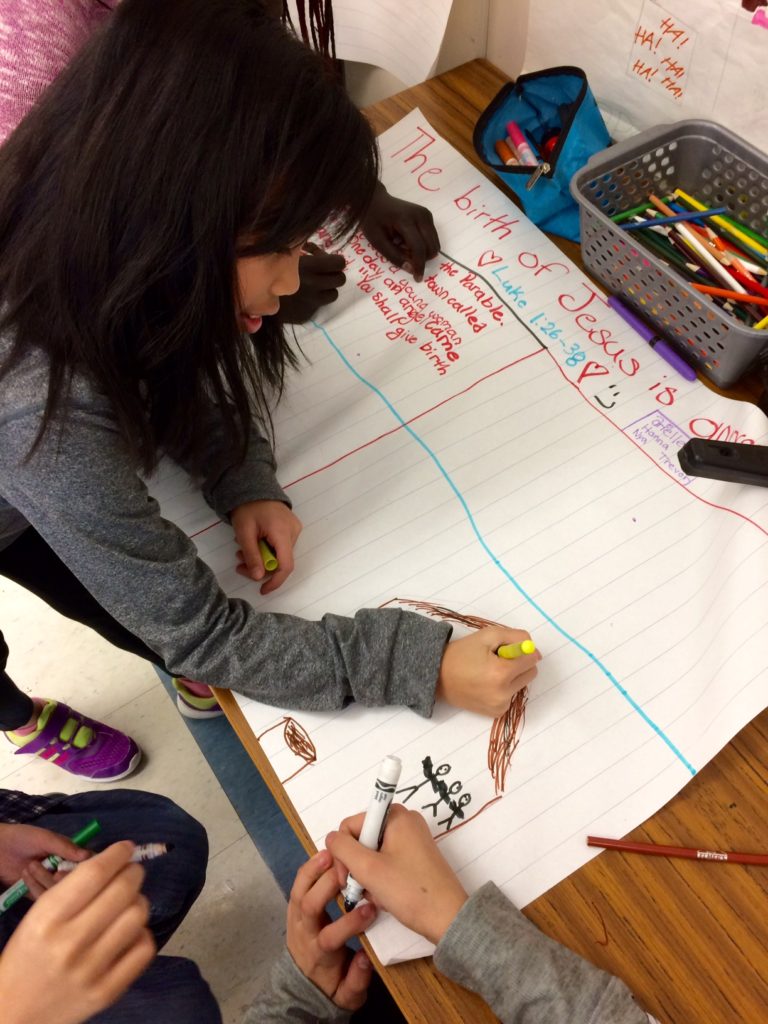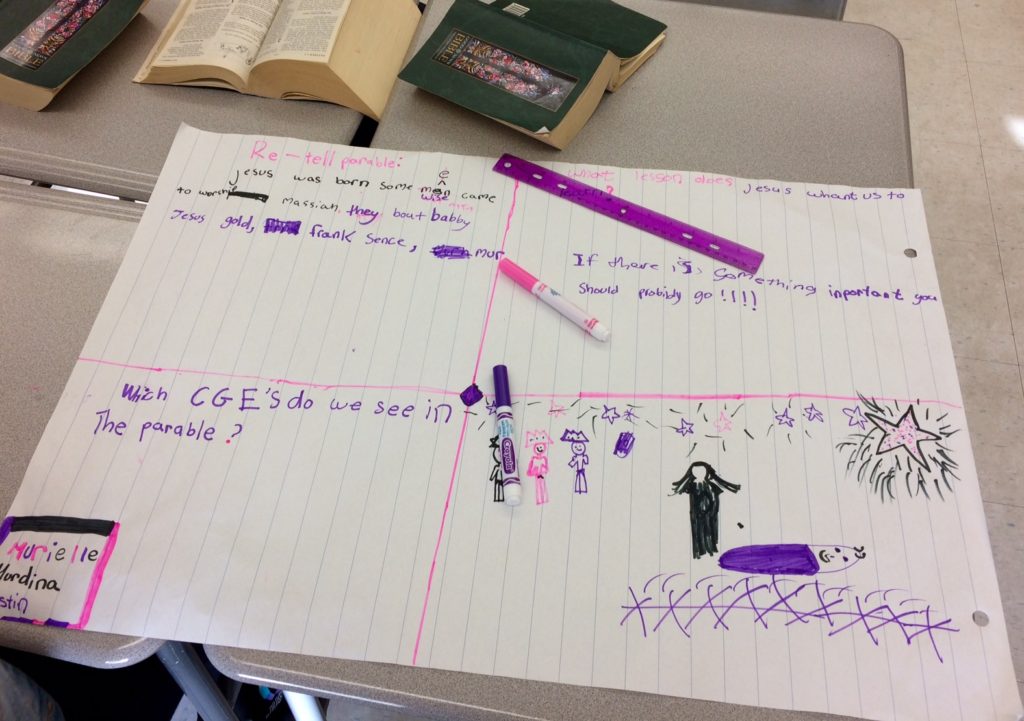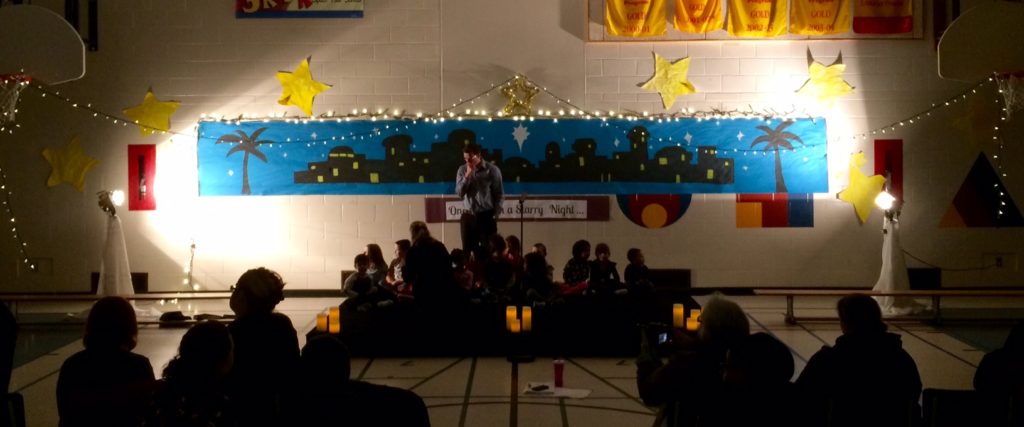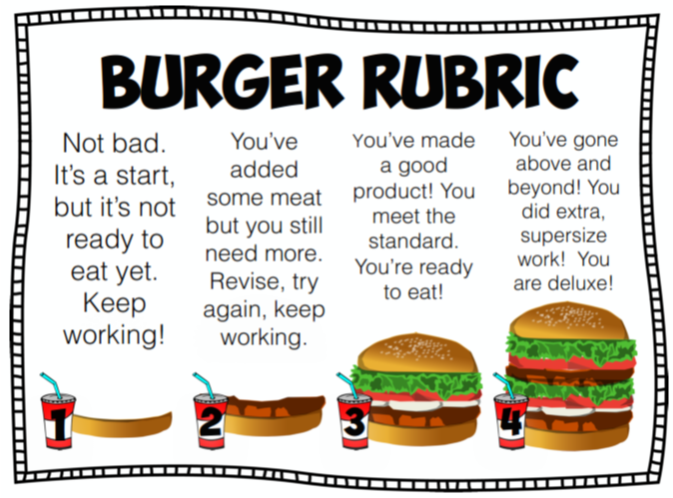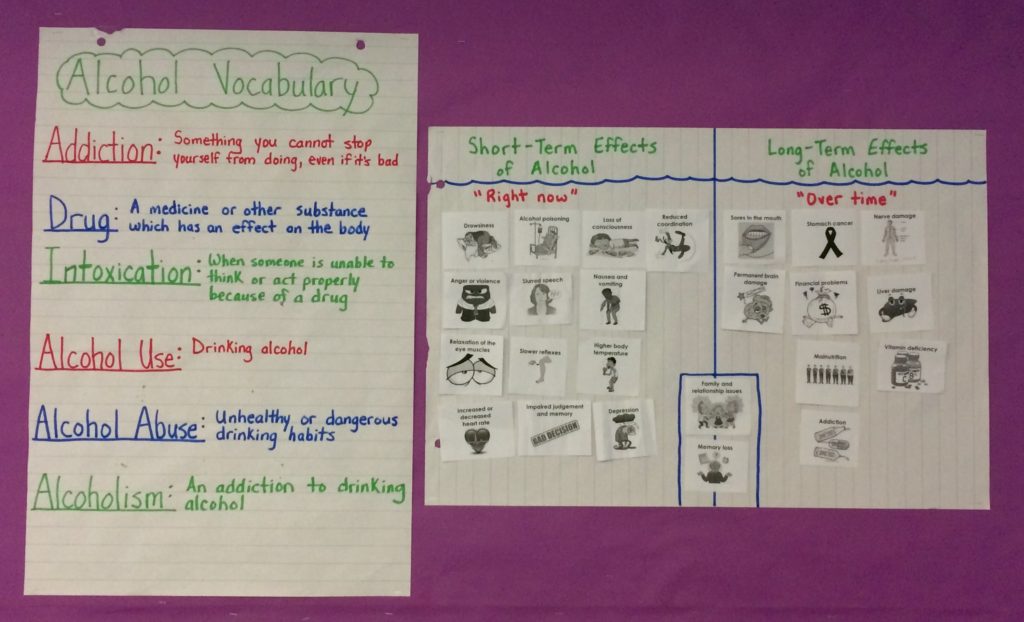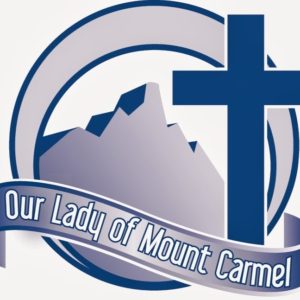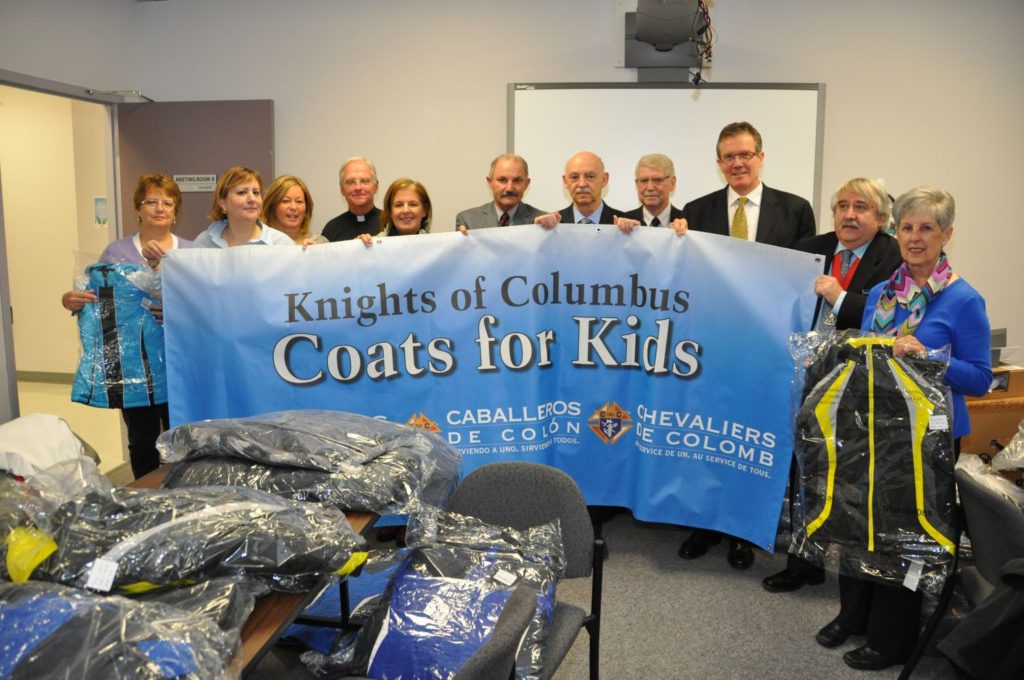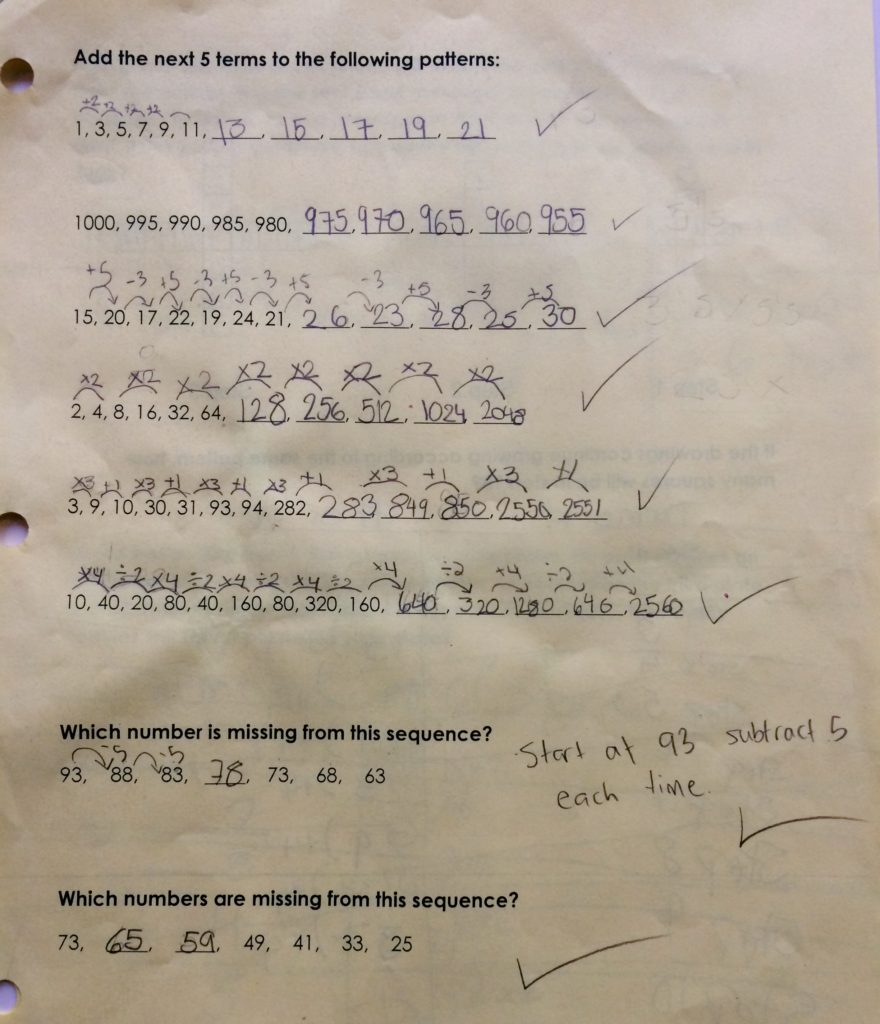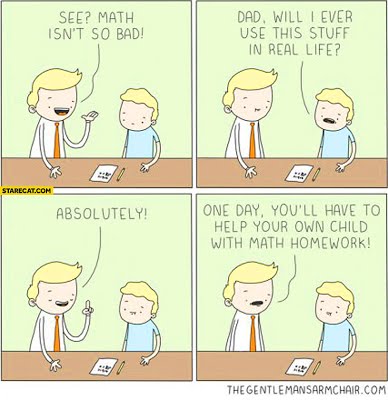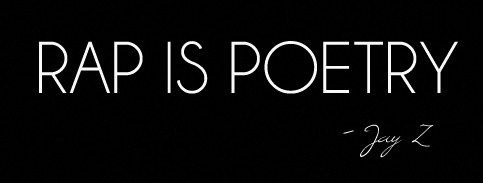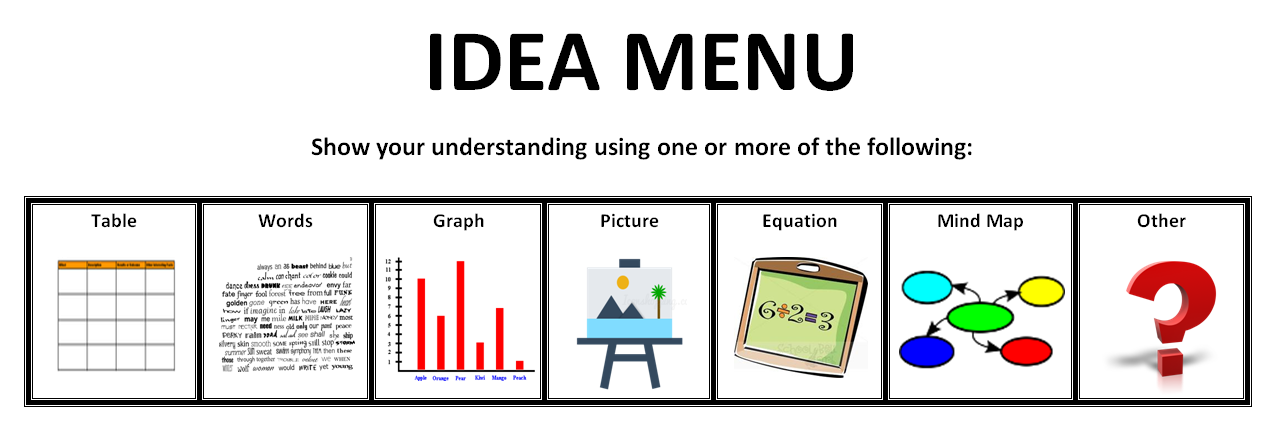Reflecting on your teaching style is difficult. Choosing 5 specific practices to focus your reflection upon is even more difficult.
If you talk to any educator, they will tell you that self-reflecting is one of the most important aspects of education. It allows us to critically examine our self and our actions, determining what works well and what needs to change. I’ve only been formally teaching for a short while now, but I have complied a list of 5 practices that I have found to be successful in various aspects of day-to-day teaching! I hope that you find merit in learning more about these strategies and how I’ve implemented them into my teaching. As with any strategy, it is important to determine what works well with your students and to implement methods that lead to the success of all students.
As always, I am interested in learning from my peers and growing my PLN, so tweet me (@spencerburton) or leave a comment below outlining some of your successful instructional strategies and practices!

Choice Boards
A choice board is a graphic organizer that allows students to decide which method they will use to demonstrate their learning. Choice boards offer students a series of activities or tasks that the student can complete, focusing on their specific learning needs, interests, and abilities. Students decide which activity they are most comfortable or interested in completing, giving them ownership over their own learning. Choice boards are can be easily adapted for each subject and grade level, making it a reliable instructional strategy for all teachers to utilize.
Choice boards are a great assessment strategy to use, especially when designing a culminating task. The level of difficulty of the activities can vary or stay consistent, which makes it a great way to differentiate a project to meet the needs of all learners. There are also a number of ways that a teacher can facilitate a choice board: teachers can have students choose to complete only 1 square, complete 3 activities in a row (tic-tac-toe style), or complete all of the activities on the board. Another way to elevate the amount of choice available to the student is to leave one of the squares blank, allowing them to create and complete their own task that matches the difficulty level of the other activities.
I have found this to be an effective method of assessment in my own practice. The students that sometimes sit there “blankly” while they try to think of where to start are relieved to see the amount of activities they can choose from. This saves students a lot of time coming up with what to do and allows them to dive right into the work at hand, while still ensuring that their ability to choose is not negated. I have found that the final products are much more enjoyable to assess and provide feedback on, given that they are so varied and unique in their own ways.
Choice boards are truly an excellent way to increase student ownership of learning within the classroom. The Ministry of Education explains that “greater student involvement in their own learning and learning choices leads to greater student engagement and improved achievement” (Learning for All, 2013). The wide variety of student products ensure that the teacher is providing authentic feedback to each student, in that they must look at each unique piece of student work and critically examine it for what it is (rather than falling into the trap of comparing it to work from other students).


Brain Breakfast
Brain Breakfast is a strategy that I learned during my practicum experience at Our Lady of Mount Carmel Catholic Elementary school. This practice is a daily activation component of a Math or Language lesson (whichever occurs during the first period of the day). The theory behind the name is that we eat breakfast to energize our brains and to get our bodies activated for the day ahead. We this in mind, the Brain Breakfast activity gets the student’s brains thinking and ready to work for the school day.
Essentially, Brain Breakfast is a critical thinking warm-up activity. The activity is printed on a half-sheet of paper, glued into the students’ notebook, and completed by the student individually. The activity can take a number of different forms. In Language, the students could be provided with a quickwrite prompt that gets them focused on a new concept that will be introduced in the coming lesson or to review the material from the previous class. In Math, students could be provided with some computational questions (multiplication, division, etc.) to reinforce these concepts or a word problem that challenges them to use concepts from the previous class. In either subject area, EQAO questions could be used by removing the multiple choice answers, helping students to get used to the format and wording of these types of questions while also developing critical thinking skills.
The Ministry of Education encourages creating “an educational culture based on individual and collective ownership of the learning, achievement, and well-being of all students” (Learning for All, 2013). I believe the Brain Breakfast practice helps to achieve this culture in that it provides students with individual learning opportunities that teachers can easily collect, provide feedback, and use as assessment for learning. It also helps to protect the well-being for all students by giving students time to collect their thoughts and answer the question independently before the learning is consolidated as a class. Brain Breakfast not only activates the students minds, but it also provides them with a calm and consistent transition into the classroom at the beginning of each day.

Number Talks
In my opinion, number talks should be regular component of every Math classroom. Number talks are essentially a classroom conversation around a purposefully selected computation problem, lasting less than fifteen minutes. Students develop and use mental math strategies to solve their computation on their own before being asked to share with the class. When communicating their thinking to their classmates, the focus is less on the final answer and more on the strategy that the student used to reach that answer. When students present and justify solutions to the problem, it leads to the development of more accurate, efficient, and flexible strategies that their peers can use to solve future problems.
During most number talks, students gather close to a SMART Board or chart paper, on which the teacher presents the question. Students are given time to use mental math to come up with an answer and once they have, they display a thumbs up on their chest. This not only gives the teacher an idea of who has come up with an answer to the question, but it also provides some diagnostic information about the speed and efficiency to which students are able to come with an answer. Once a good amount of students have found an answer, they are encouraged to share their strategies with their class (as the teacher scribes) while also continuing to develop efficient strategies that others present.
I have found that number talks are an important way for teachers to learn about their students’ mental math strategies, which are not typically assessed in computational subjects such as Math. Mental math is crucial for being efficient when solving problems, ensuring that the students are not simply relying on memorized procedures and formulas. I also appreciate the model of number talks, in that it allows me to assume a different role in the classroom. A primary goal of number talks is to help students make sense of math concepts by building on mathematical relationships, which is accomplished by having them use their own strategies and building a repertoire of strategies from their peers. Therefore, the teacher’s role must shift from being the individual imparting information and confirming correct answers at the front of the classroom to assuming the roles of facilitator, questioner, listener, and learner.
A positive and respectful school community is essential for the academic and personal success of each student. This type of community is achieved when all students feel safe, included, and accepted and when teachers model and encourage positive behaviour. The Ministry’s resource Promoting a Positive School Climate states that the “principles of equity and inclusive education are embedded in the learning environment to support a positive school climate and a culture of mutual respect” (Promoting a Positive School Climate, 2013). Creating a cohesive classroom community is essential for facilitating an effective number talk, especially since we are asking students to take risks by sharing their thinking and strategies with their peers. Students should be comfortable in offering responses for discussion, questioning themselves and their peers, and investigating new strategies without the risk of failing or being ridiculed.


Circles
Circles are a simple and effective platform for students to learn while building positive relationships with their classmates and teacher. Rooted out of First Nation practices, circles have students sitting without desks in an arrangement that has them able to see and hear each of the people in the group. The use of circles within the classroom setting helps to support the holistic well-being of each student. Early on in the year, I have experienced circles that are used to outline what students need in order to be successful in their learning and how they can make those needs a reality. This essentially takes the place of a teacher outlining the rules and guidelines of the classroom, providing ownership to the students and asking for their voice and contributions. This works to ensure that each student is heard and that their environment is built upon the well-being of the student population.
Circles can also be used for those inevitable times when conflict occurs. The Ministry of Education promotes the use of circles during restorative justice/practice on the belief that humans are “more likely to make positive changes in their behaviour when those in positions of authority do things with them, rather than to them or for them” (Caring and Safe Schools in Ontario, 2010). By having students sit in a circle, they are placing themselves on an equal level with each other and the adults that are facilitating the circle. By allowing for each student’s voice to be heard, the students are able to reflection on the impact of their own behaviour on everyone else present. This helps to achieve the safe schools and positive mental health components of student well-being by providing the opportunity to develop empathy, mutual respect and shared accountability.
Students have many incredible ideas. By providing them with a safe and supportive learning environment to share these ideas, especially in the format of a circle, the class can learn to contribute ideas, build upon each other’s knowledge, encourage cooperation, and ultimately improve communication skills. If the students feel that a part of their well-being is not being met within the school environment, circles provide the class with an opportunity to not only voice this concern, but to collaborate and create solutions that directly impact their lives. In an overall sense, this encourages students to take greater responsibility for their learning and well-being.
In a lighter sense, circles can be used as a fun time to introduce new activities and games, which I have seen as a great tool to start off the week. The quickest way to form a positive community is through laughter, so providing an opportunity for students to engage in a fun activity that can make them laugh will definitely have a positive impact on their well-being. These activities and games will also help to develop positive social and emotional skills, self-esteem, and a positive self-image. By starting off the week with a circle that allows students to share what they did on their weekend and giving them an activity to work on together, a cohesive and respectful classroom community can be formed and strengthened.

Co-Created Success Criteria
Success criteria are an important and successful way of communicating the academic expectations for a given task to students. This concept has developed by engaging students in the process of defining the learning goals and outlining what success looks like. This idea of co-creating success criteria is a great way to encourage students to use assessment vocabulary while also making them more aware of identifying what is expected of them given any assessment description. It also encourages the concept of students taking ownership of their own learning and deciding what the focus of assessment should be on.
A specific example of how I have co-created success criteria with my students is during a descriptive writing unit with a Grade 5 class. After exploring what the various facets of descriptive writing, I asked my students to define what quality descriptive writing looks like. Using their feedback, I created an anchor chart for the classroom that the students could refer back to throughout their learning. We took the concepts on an anchor chart and developed a chart that was included on the students’ culminating writing task outline. Additionally, I was able to adapt these success criteria into a self-assessment chart that the students could utilize throughout their writing and editing process.
I have found that this process helped my students and I to reach a common understanding of the criteria that they would be assessed on. This helped to focus my own assessment while also ensuring that the students were completely aware of what they were being assessed on and why. Rubrics have value when it comes to assessment, but they are sometimes difficult for students to identify what is expected of them and they may be overwhelmed with the varying levels. Co-creating success criteria provides students with a sense of ownership over their learning and a comprehensive understanding what quality work looks like.
The Ministry of Education’s Growing Success is a strong advocate of including students in the creating of success criteria. The document explains that “teachers can ensure that students understand the success criteria by […] directly involving them in identifying, clarifying, and applying those criteria in their learning” (Growing Success, 2010). By including students in the process, the wording of the success criteria is clearly understood by students and they are able to develop an understanding of what quality means in their own work.



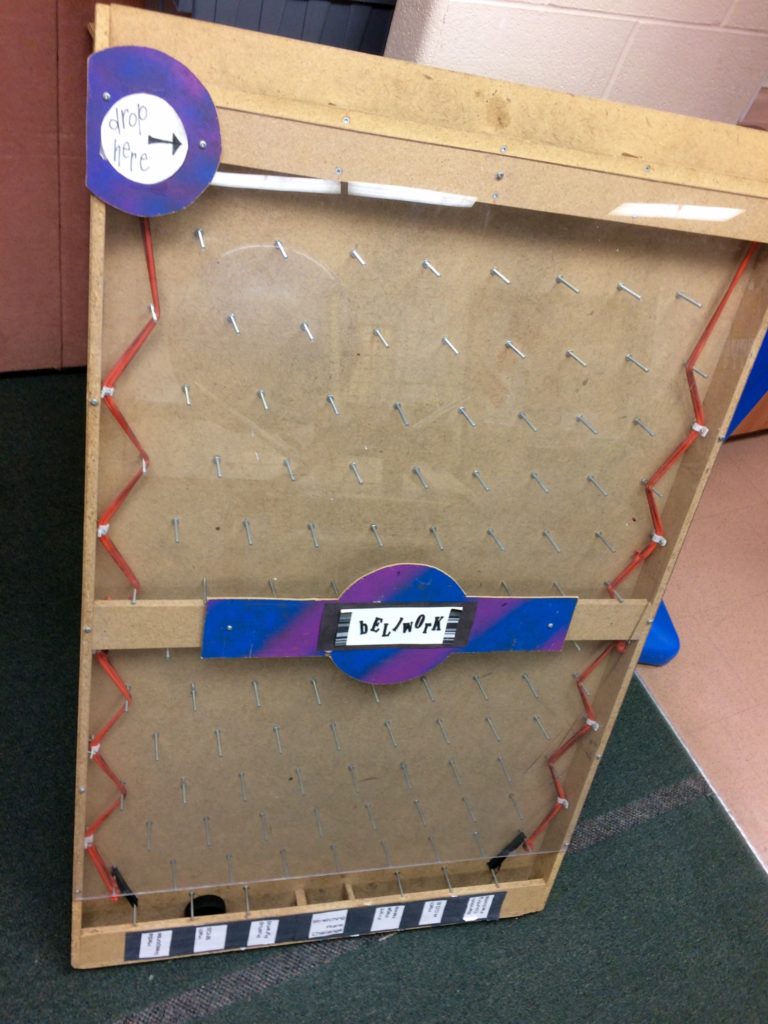
 which is essentially a disposable shelf that men can wear when shaving their beard so that the whiskers don’t fall all over the place. Another group created a felt bookmark that has a sliding arrow so that you can easily locate the page and the line that you left off at. Two students were working to create an electronic tape measure that records previous calculations so that you don’t have to remeasure or write your calculations down. These are just a few of the great ideas that the students were working on. This program will definitely help to spark the idea that will create the next generation’s Steve Jobs.
which is essentially a disposable shelf that men can wear when shaving their beard so that the whiskers don’t fall all over the place. Another group created a felt bookmark that has a sliding arrow so that you can easily locate the page and the line that you left off at. Two students were working to create an electronic tape measure that records previous calculations so that you don’t have to remeasure or write your calculations down. These are just a few of the great ideas that the students were working on. This program will definitely help to spark the idea that will create the next generation’s Steve Jobs.

